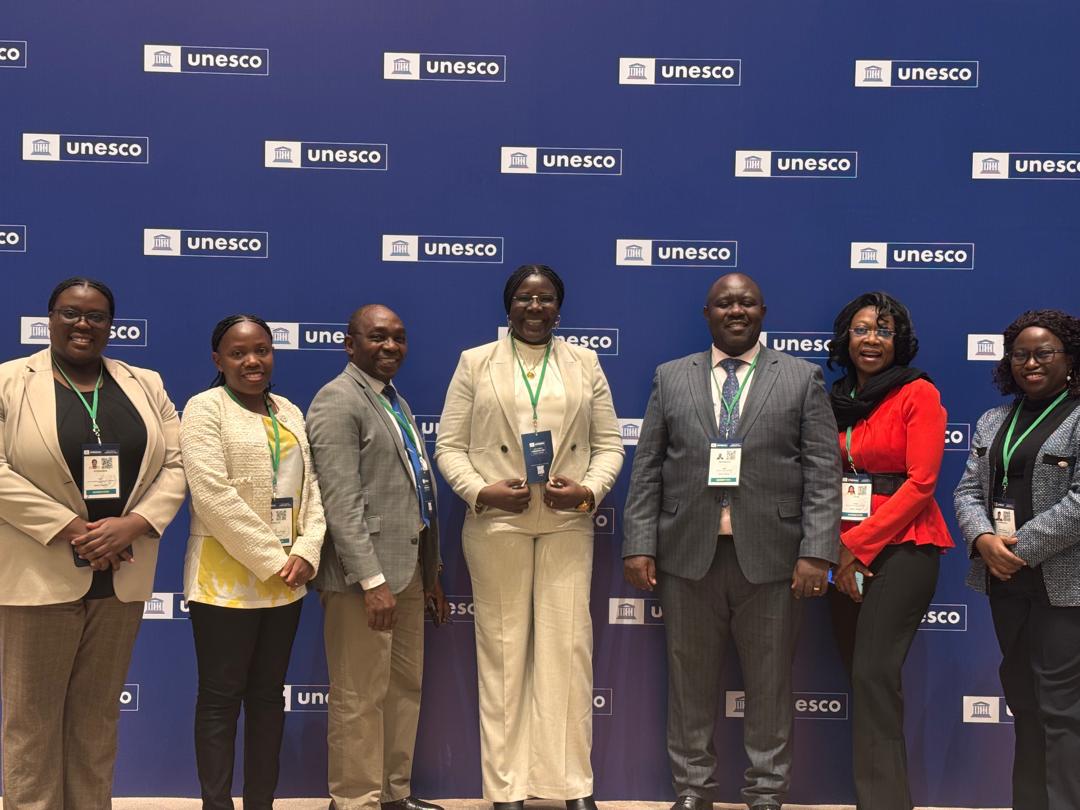Uganda Elected to UNESCO Executive Board, Boosting Global Profile

Uganda has been elected to serve on the UNESCO Executive Board during the 43rd UNESCO General Conference in Samarkand, Uzbekistan. The country is among six African nations chosen to represent the continent at this top governing body, which oversees UNESCO’s programs and projects, reviews proposals, monitors implementation, and ensures budgets align with strategic priorities.
The election reflects Uganda’s growing influence on the international stage and recognition of its strategic directions and contributions to global education, science, and culture.
Uganda’s UNESCO World Heritage Sites
Uganda is home to several UNESCO World Heritage Sites, both natural and cultural, which play a key role in its tourism and international reputation:
- Bwindi Impenetrable National Park
A UNESCO World Heritage Site since 1994, Bwindi is an ancient forest in southwestern Uganda known for its rich biodiversity.
It is home to nearly half of the world’s mountain gorilla population and attracts eco-tourists from around the globe.
UNESCO status helps ensure conservation, sustainable tourism, and community benefits.
- Rwenzori Mountains National Park
Also inscribed in 1994, the park covers the stunning “Mountains of the Moon” with glaciers, lakes, waterfalls, and rare flora and fauna.
UNESCO recognition emphasizes ecological protection while promoting responsible tourism.
- Kasubi Tombs
The cultural burial site of Buganda kings, located in Kampala, was inscribed in 2001.
After a devastating fire in 2010, it was placed on UNESCO’s List of World Heritage in Danger, but restoration has since removed it from the endangered list.
Its recognition highlights Uganda’s rich cultural heritage and the importance of preservation and management.
What UNESCO Recognition Means for Uganda
Being elected to the Executive Board and hosting World Heritage Sites brings several benefits:
Global recognition: Uganda is seen as a country with exceptional natural and cultural value.
Tourism growth: Heritage sites attract international visitors and generate revenue.
Conservation responsibility: Sites must be protected and managed sustainably, balancing tourism with preservation.
Community impact: Tourism linked to these sites supports local livelihoods and community projects.
Uganda’s Tourism Sector Today
Uganda’s tourism has grown steadily, driven by its natural and cultural attractions:
In 2024, Uganda welcomed over 1.3 million international visitors, generating about USD 1.28 billion in revenue.
The sector contributes significantly to employment, foreign currency, and infrastructure development.
Popular attractions include gorilla trekking in Bwindi, hiking in the Rwenzori Mountains, wildlife safaris, bird watching, and cultural experiences at sites like the Kasubi Tombs.
How Uganda Reached This Stage
Uganda’s tourism and heritage achievements are the result of several factors:
Strategic investments: Upgrading infrastructure, conservation programs, and marketing Uganda globally.
Community involvement: Ensuring local communities benefit from tourism revenue, particularly in conservation areas.
Global branding: Promoting Uganda as the “Pearl of Africa” with unique wildlife, mountains, and culture.
Post-pandemic recovery: Tourism has rebounded strongly, with more visitors and higher revenue.
Challenges remain though, including improving access to remote sites, maintaining sustainable tourism, and ensuring heritage sites remain protected.
Conclusion
Uganda’s election to the UNESCO Executive Board, combined with its World Heritage Sites, shows its growing global visibility and influence. The country is leveraging its natural and cultural assets to grow tourism, create jobs, and promote conservation. As Uganda continues to invest in heritage preservation and sustainable tourism, it strengthens its position as a leading destination in Africa and a voice for the continent on the world stage.
Latest News
DStv Uganda Named Top Brand at 2025 GOAT Marketers Awards
DStv Uganda has scooped the Brand of the Year title at this...
Faith Birungi Mulondo: Empowering People Through Communications, Impact, and Purpose
Faith Birungi Mulondo is a dynamic communications specialist and advocate whose work...
Algeria Seeks to Import Ugandan Beef, Fruits and Vegetables
Algeria has expressed interest in importing beef, fruits, and vegetables from Uganda,...
Stanbic Bank Champions Economic Growth Through Customer Engagement in Jinja
Stanbic Bank recently held a special engagement in Jinja, bringing together senior...















